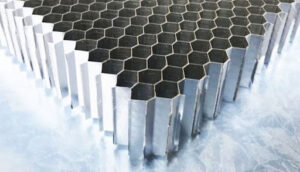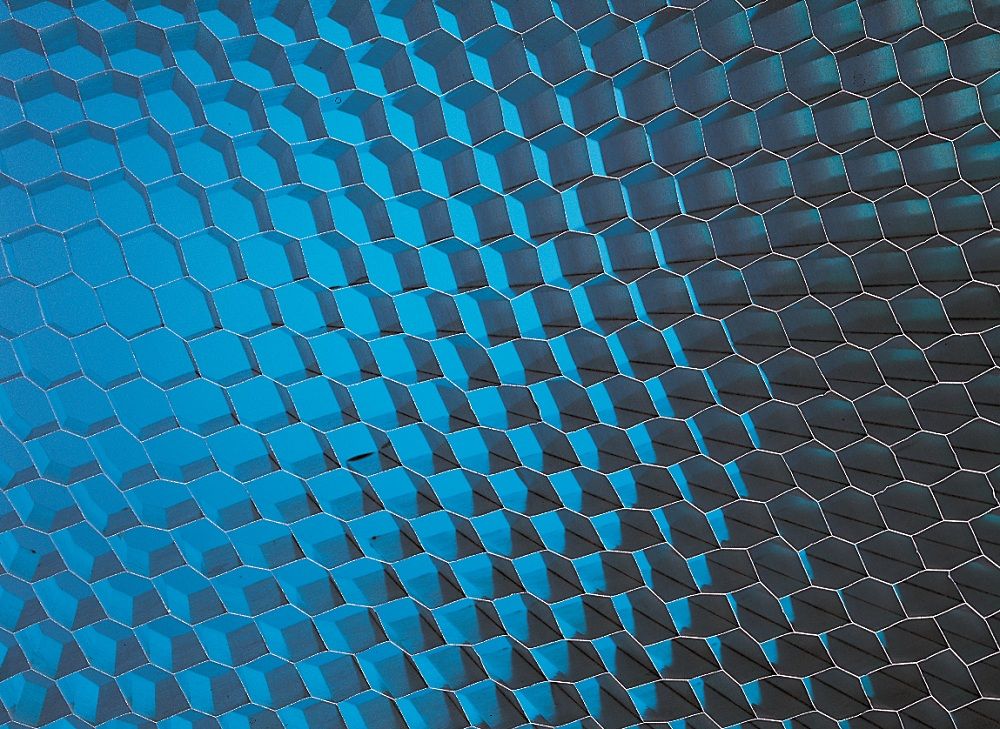What are and what are composite materials for trains
Composite materials have become increasingly important in the transportation industry, especially for the construction of high-speed trains. These materials offer a range of advantages over traditional metallic materials, including greater lightweight, better corrosion resistance, and increased flexibility in design.
Among the composite materials for high-speed trains, there are carbon fiber, kevlar, fiberglass, and thermoplastic laminates. Carbon fiber is one of the most commonly used composite materials in the construction of high-speed trains, thanks to its high strength, lightweight, and flexibility. Carbon fiber is often used in combination with other composite materials to create a hybrid material that is more resilient and flexible.
Kevlar is another composite material commonly used in the construction of high-speed trains. It is a strong and lightweight synthetic material that offers greater impact resistance compared to traditional metallic materials. Kevlar is often used to create the internal structure of high-speed trains, particularly to reinforce parts of the train that may be subject to high stress.
Fibreglass is another composite material used for high-speed trains. Provides greater lightweight and strength compared to traditional metallic materials, while also having greater resistance to corrosion and wear. Fiberglass is often used in the construction of high-speed train bodies, where greater strength and lightness are required.
Finally, thermoplastic laminates are a relatively new form of composite materials used in the construction of high-speed trains. These materials are made up of a blend of thermoplastic resins and carbon or glass fibers, which offer greater strength and flexibility compared to traditional metallic materials.
Advantages of train composites
Composite materials have become increasingly important in the construction of high-speed trains, thanks to their greater lightweight, strength, and flexibility. Carbon fiber, kevlar, fiberglass, and thermoplastic laminates are just some examples of composite materials used in the construction of high-speed trains.
Need for weight reduction in rail vehicles
The growing demands of passengers, including universal access toilets, CET tanks, power outlets, air conditioning, tables, tilting mechanisms, improved crash structures, and crumple zones, are making trains increasingly heavier. The shell, external doors, bogies, couplers, driver’s cab, interior linings, doors, and all passenger interiors are key areas for weight reduction using composites.

lightweight aluminium honeycomb materials
Current options for weight savings in rail vehicles
Composite seats, composite doors that use fibrous composites, backrests, ceiling panels, cab fronts and body ends, body side panels, and floors with increased functionality, including floor covering, heating, thermal/acoustic insulation, and easier cleaning options, are areas where the use of advanced composite materials can ensure further effective weight reduction, even in terms of costs, in railway vehicles.
Innovative materials: aluminium honeycombs
Lightweight aluminium honeycomb materials are lightweight alternatives to conventional materials such as plywood. Lower refurbishment costs, longevity, especially in wet areas, and increased load per square meter for a given support distance are the key advantages for this type of application.
Aluminum honeycomb structures are a lightweight substitute for conventional materials, including metal fabrication, plywood, and aluminum casting, particularly for use in external and internal doors. The key advantages of aluminum honeycomb structures include reduced inertia during operation, reduced wear on the operating mechanism due to their lightweight nature, and minimal environmental impact.
Aluminium honeycomb can replace plywood and metal structures in lounge partitions and screens. Easy installation due to lightweight, end-of-life recyclability, less prone to moisture alteration, better fire performance, and more available passenger space due to reduced thickness are the advantages of aluminum honeycomb
Gesa Industry and the refinement of materials
The sophistication of materials and the use of advanced technologies to produce them is becoming increasingly important in all fields of transportation, and Gesa Industry is proud to contribute to this race towards the future, particularly in the area of train interiors.



